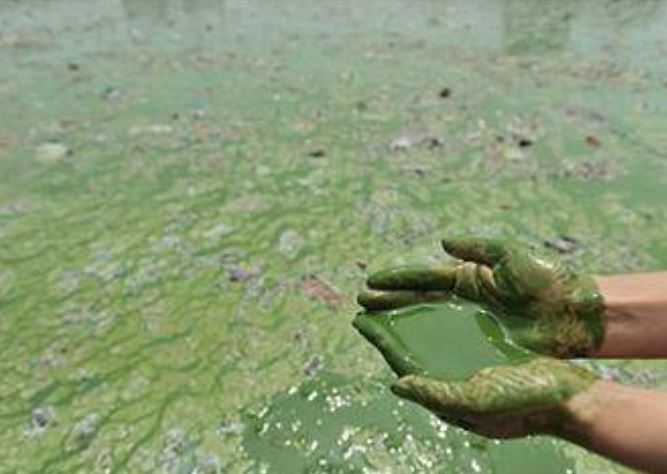When an aquatic ecosystem receives an excessive amount of nutrients like nitrogen and phosphorus, eutrophication occurs. The proliferation of algae and other aquatic plants may result from this surplus of nutrients, which may ultimately have detrimental impacts on the ecology. Eutrophication’s causes, effects, management strategies, and preventative steps will all be covered in this blog.
Eutrophication’s root causes
The main contributor to eutrophication is an excessive supply of nutrients, usually from industrial waste, sewage discharge, or agricultural runoff. These nutrients encourage the development of algae and other aquatic plants, resulting in the development of massive algal blooms that can completely cover the water’s surface. As these plants die and decompose, the process of decomposition consumes oxygen, leading to hypoxic or anoxic conditions that can cause fish kills and other harmful effects on the ecosystem.
Consequences of Eutrophication
Eutrophication can have serious, long-lasting effects. Reduced water clarity brought on by excessive algal growth can be detrimental to aquatic plants and animals. Fish and other aquatic species can perish in hypoxic or anoxic conditions, further upsetting the ecology. Economic repercussions of eutrophication include the loss of commercial and recreational fishing and the expense of treating drinking water tainted by hazardous algal blooms. Preventing and Managing Eutrophication
Eutrophication must be prevented and managed using a diverse strategy. Reducing the amount of nutrients entering aquatic habitats is one of the best approaches to stop eutrophication. This can be done by putting best management practises into practise in agriculture, like using less fertiliser and growing cover crops. By utilising cutting-edge treatment technology, wastewater treatment plants can also significantly contribute to the reduction of nutrient inputs.
Implementing measures to restore the ecosystem’s health is another strategy for managing eutrophication. This can involve adding oxygenation equipment, using algaecides to prevent algal blooms, and putting policies in place to promote the growth of aquatic vegetation.
Eutrophication is a complicated issue that needs to be approached from many different angles. We can prevent and control the negative consequences of eutrophication by lowering nutrient inputs and putting policies in place to restore the health of aquatic ecosystems. The sustainability of our natural resources and the welfare of our populations depend on the health of our aquatic ecosystems.




